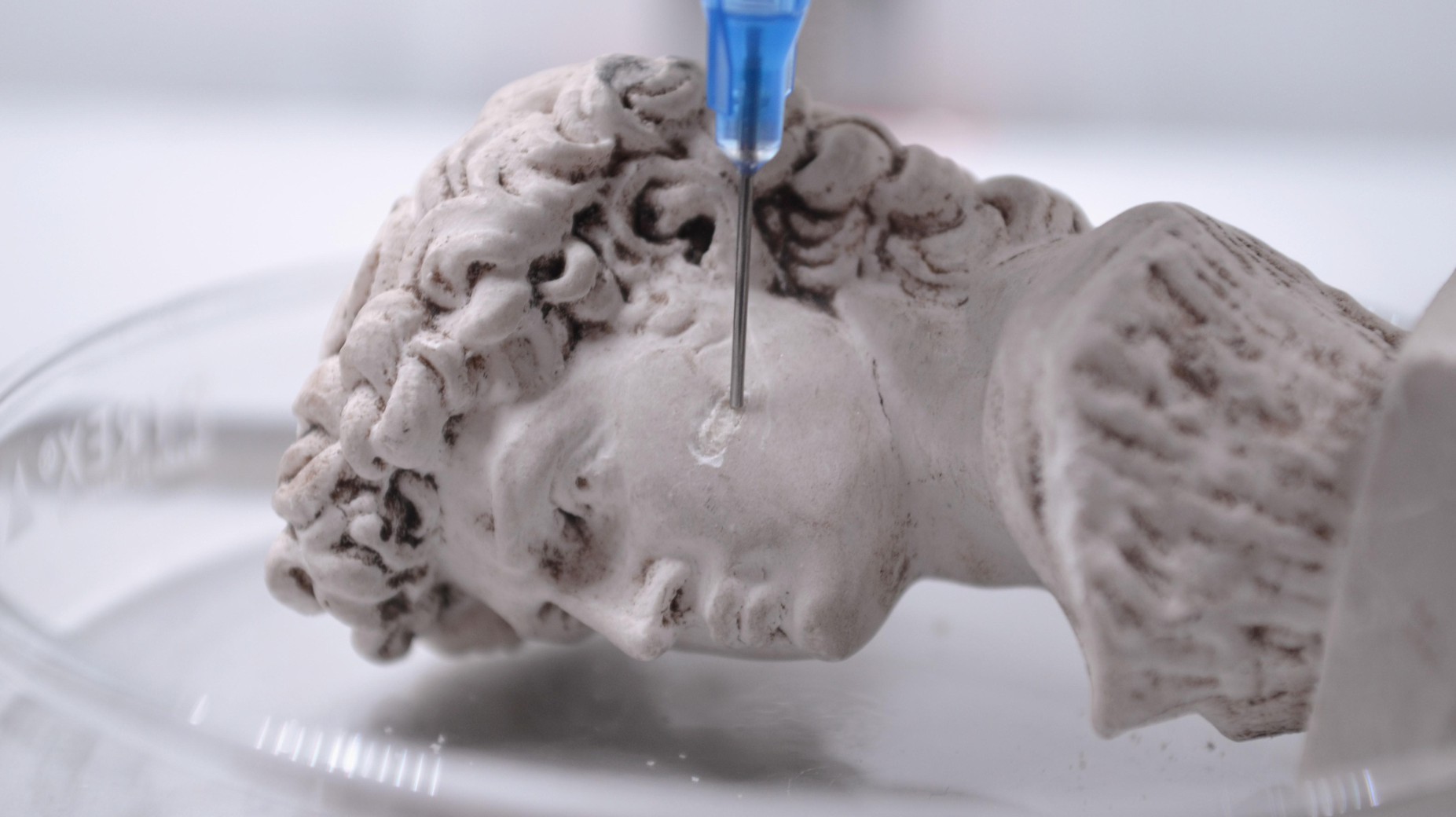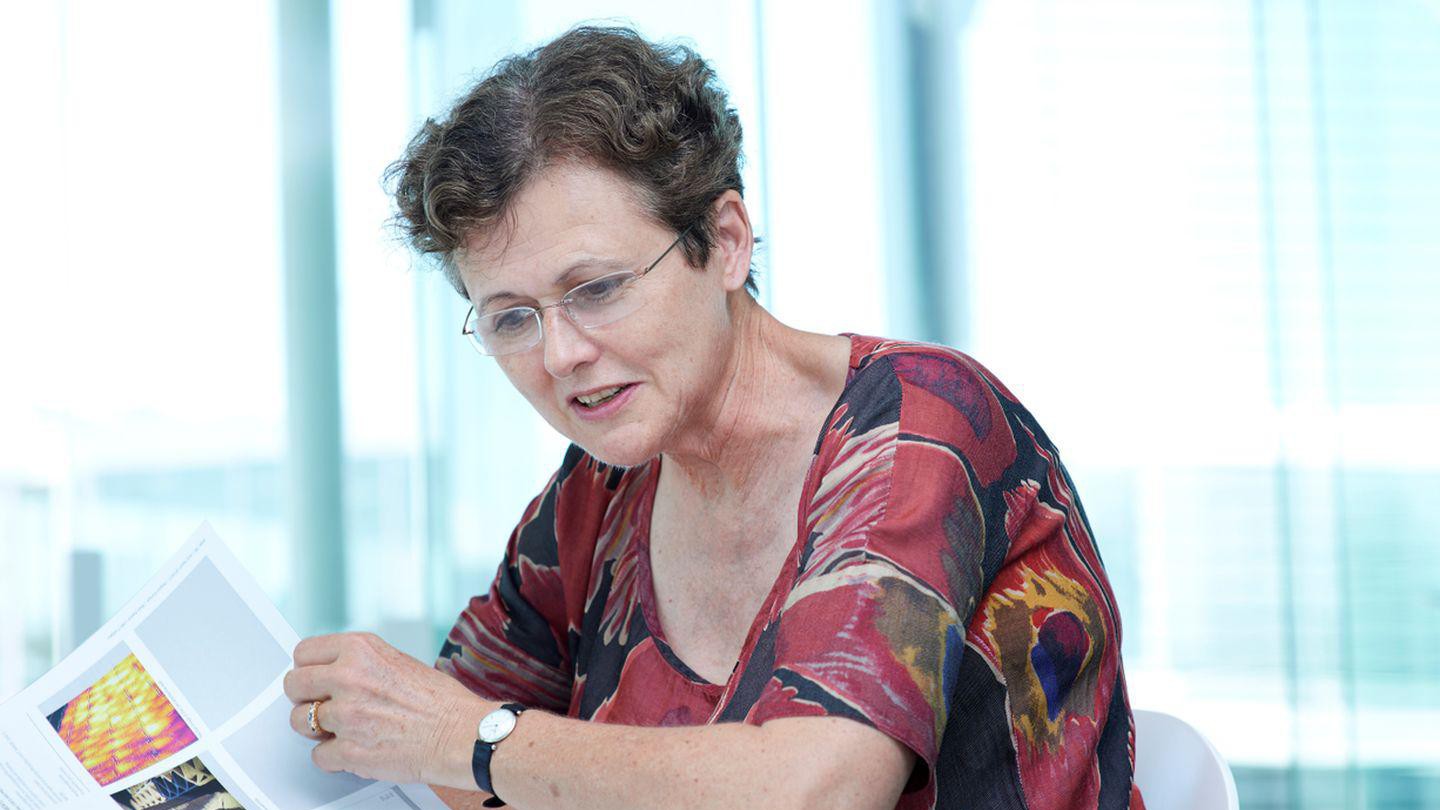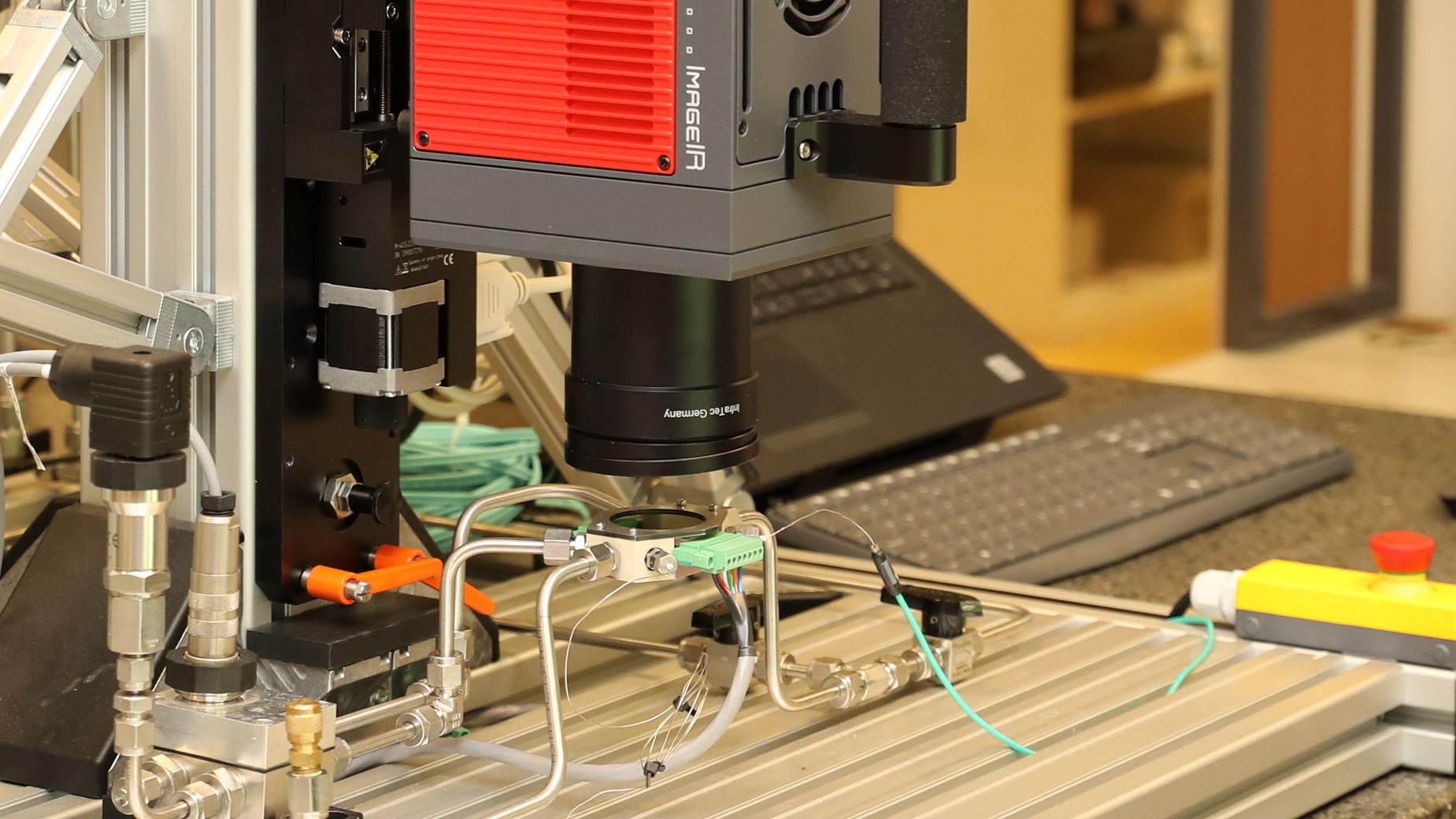Engineering for a Sustainable & Secure Society
The demand for smart and renewable resources is driven by a more alert society that is increasingly aware of the impact of engineering design and technology on their welfare and the environnement. Our School is contributing to foundational research in renewable energy and materials, green technologies, secure power supply and solar energy.

Related news

3D printing with bacteria-loaded ink produces bone-like composites
EPFL researchers have published a method for 3D-printing an ink that contains calcium carbonate-producing bacteria. The 3D-printed mineralized bio-composite is unprecedently strong, light, and environmentally friendly, with a range of applications from art to biomedicine.

Concrete – a game changer in climate technology
Tough stuff – that suits her. Karen Scrivener is a renowned expert on the world’s most widely used building materials: concrete and cement. But cement as a binding agent has fallen into disrepute as a “climate killer”. The professor disagrees. The head of the Laboratory for Building Materials at EPFL’s School of Engineering in Lausanne can point to more than just pioneering research into more energy-efficient concrete production. She also has her eye on global construction activity – and has big plans.

The coolest microchips around: designer swimwear by POWERLab
Having come through a heatwave it is easy to forget that humans are not the only ones that need to shelter from oppressive heat. Animals suffer too, and huge mechanical infrastructures like railways, even major runways. But what about computers?
Related news
-

EPFL researchers have published a method for 3D-printing an ink that contains calcium carbonate-producing bacteria. The 3D-printed mineralized bio-composite is unprecedently strong, light, and environmentally friendly, with a range of applications from art to biomedicine.
-

Tough stuff – that suits her. Karen Scrivener is a renowned expert on the world’s most widely used building materials: concrete and cement. But cement as a binding agent has fallen into disrepute as a “climate killer”. The professor disagrees. The head of the Laboratory for Building Materials at EPFL’s School of Engineering in Lausanne can point to more than just pioneering research into more energy-efficient concrete production. She also has her eye on global construction activity – and has big plans.
-

Having come through a heatwave it is easy to forget that humans are not the only ones that need to shelter from oppressive heat. Animals suffer too, and huge mechanical infrastructures like railways, even major runways. But what about computers?
